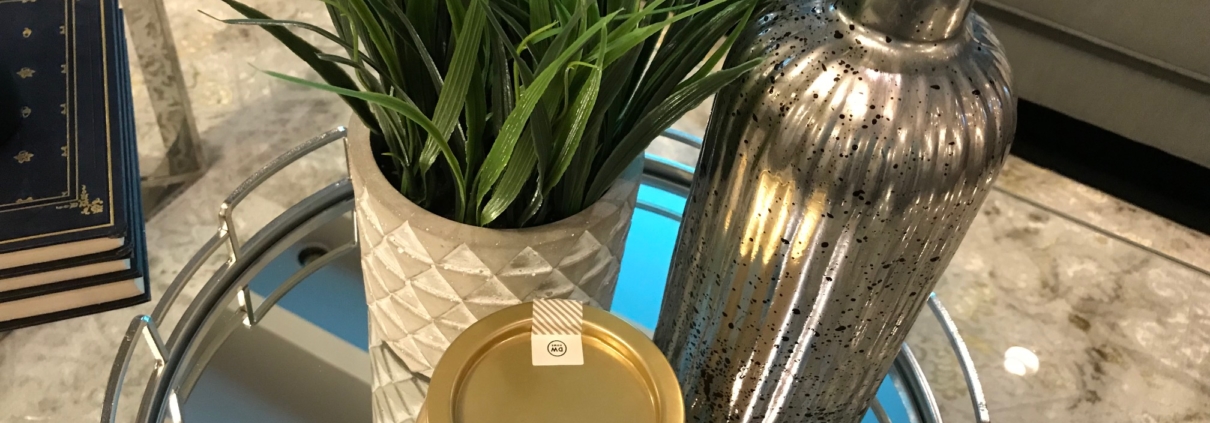Harmonize Your Home for Increased Happiness
When you think about how you want your living or working space to look and feel, what words come to mind? Organized, tidy, functional, calming, stress-free? All of the above?!
As organizers, we work collaboratively with our clients towards meeting many of the goals above, which is truly satisfying, but there is another one to add to the list when thinking about decluttering, organizing, downsizing, or streamlining your space, and that is the concept of “harmony”.
Harmony, “the quality of forming a pleasing and consistent whole” is likely not a new concept for most people, but in the context of organizing, it has the power to truly change how you, and your brain, feel about your space.
In her fascinating book Joyful – The Surprising Power of Ordinary Things To Create Extraordinary Happiness, http://www.aestheticsofjoy.com/the-book/ designer Ingrid Fetell Lee shares her findings and ideas on what makes people happy through their choice of objects, colours, patterns, and placement. As a professional organizer, I was struck by the stories she shares about the impact harmony can have on our senses, moods and dispositions, not to mention the power that simple choices have on our overall wellbeing and happiness.
As Fetell Lee describes it, “harmony offers visible evidence that someone cares enough about a place to invest in it.” When we consider organizing, downsizing or decluttering, we are often trying to
“lighten our load”, letting go of things that no longer serve us, or our space. We have an internal sense of the order we crave, but are not always sure how to create it. Just as easily, we can see, and feel, disorder, which can bring up feelings of powerlessness, loss of control, hopelessness, anxiety, and depression.
Another story Fetell Lee shares is the behaviour change that occurred among inmates at a women’s prison once broken white shower tiles were replaced with brightly coloured tiles. Once the new tiles were in place, no more were broken, inmates used the showers more often and reports of “unlawful behavior” were reduced. Can adding a bit of colour really prevent property damage? According to the “Broken Windows Theory”, which says that if something looks damaged, broken, or unkept, people won’t respect it and, in turn, make poor decisions. Adding a touch of beauty in the form of a colour pattern, adds to a more harmonious feel, which in turn encourages people to respond positively.
Why is that? According to the Gestalt principle of Similarity, the brain perceives objects with similar characteristics (colour, shape, size, material) as a group, which makes it less stressful and more pleasing to our senses. These brain connections make us feel more balanced, grounded, and calm, rather than disorganized, overwhelmed, and frustrated.
So, how can we create more harmony in order to feel more balanced, grounded, and calm?
- Add potted plants to both sides of an object such as a mirror, sculpture, or end table
- Group similar objects together; create a photo wall displaying varying frame sizes & photos
- Showcase strong repeating patterns as seen in geometric artisan textiles & checkerboard patterns
- Arrange objects in a grid, such as candles of various sizes all lined up on the mantle
- Coordinate colours. Arrange all of your blue objects, textiles, and décor in one area
- Match hangers; use identical hangers facing the same way, which is easy on the eyes & brain
- Hang mobiles which call us to look upwards and appreciate a vertical diversion
- Add horizontal stripes on a wall to open up the space and create structure for our brain
- Colour code books so the eye moves from one section to another seamlessly, creating joy
- Add circles where you can, as they represent motion, possibilities, and joy
If your space is an outward symbol of inner harmony, incorporating these elements into your overall plan makes sense. Our brain processes the patterns, rhythms and structures of harmony naturally, as they are easy on the eye, make us feel more relaxed, and ultimately, make us feel happier.










